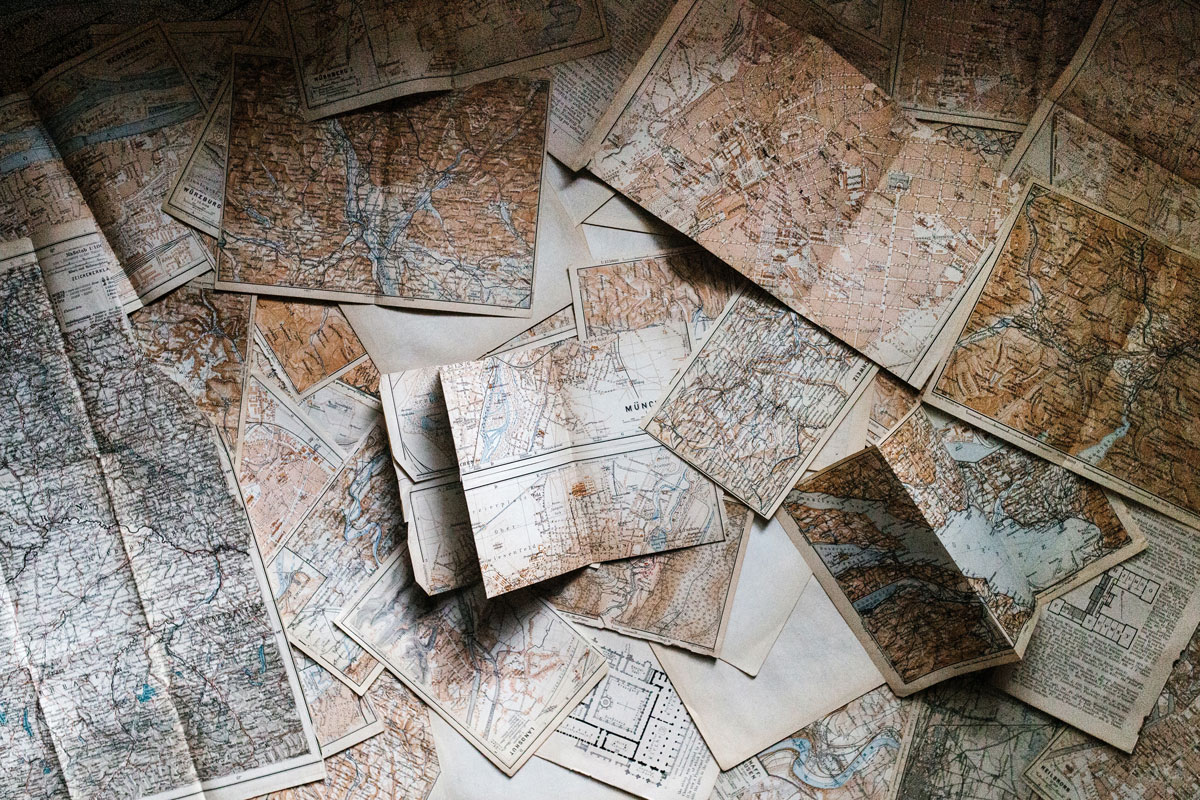If you’ve uncovered a box of records or your organization just inherited a building full of community archives, how do you determine what should be digitized first? What can be deprioritized and why?
Prioritizing the materials in your collection is no small challenge, especially for non-profits and institutions that value their history and mission. Trying to decide what is most “important” or “necessary” can be downright painful when you can see the inherent value and history behind every photo and document. Everything deserves to be preserved! While you’re right about that aspect, your institution only has so many hands on deck and gigabytes of storage. Some hard decisions will have to be made.
Luckily, you aren’t the first collector facing this challenge. There are three simple questions you can ask yourself about your collection to make prioritizing materials for digitization a little easier. Rest assured that any digitization is better than no digitization, and any step forward—regardless of how it looks for your organization—is a step in the right direction.
1. What Stories Can Your Collection Tell?
The point of preserving your collection is to immortalize it for future generations. What stories do you want your collection to tell in ten, twenty, or two hundred years? Perhaps you have an album of photographs that is about to pass its one-hundred-year anniversary, or maybe there’s a specific era or region your collection spans that has recently come into public awareness. This can be a great opportunity to reach a bigger audience with your collection.
What makes your collection special? Who will be most interested in what you have to share, and how can you reach new audiences? Your collection will work double duty when you choose to digitize and showcase elements that create stories in the public interest. If you have content in your collection that’s unique or can’t be found elsewhere, use that uniqueness to promote your collection and the ways it can be shared.
A sudden burst of public interest can be a great incentive to monetize your collection, or a part of it. Learn more about monetizing your collection here.
2. What Parts of Your Collection Are Most Significant, or Most At Risk?
When considering an artifact for digital preservation, you must think about what the item is made of and how it will be used. What materials will have the shortest lifespan where they are currently housed or in their current condition?
Don’t overlook high-use elements of your collection just because they seem to be holding up well. Collections that are frequently handled by researchers will age much more quickly than others, even if they start in pristine condition. Digitizing high-use parts of collections will not only facilitate easier search and use by their audiences, but it will also reduce the amount of damage taken by these essential works.
Regardless of the materials they are made of or how often they are used, historical artifacts deteriorate at a particular rate depending on the environment they’re housed in. If you have an object with physical characteristics that would potentially accelerate deterioration, like paper with iron gal ink, or a highly-flammable, unstable nitrate photograph, it should take priority over documents that have been properly housed and will therefore show their age slower.
Damaged, high-use, and highly-invested-in artifacts should be at the front of the digitization line.
3. What Can You Digitize Well With What You Have?
This is arguably the most important factor to consider when prioritizing the digitization of your collection, simply because planning alone does not get you very far. It’s important to consider the resources necessary to make the digitization happen correctly.
Will your organization need to raise funds to digitize some or all of your collection? If so, prioritize what can be done with what you have, and plan to tackle the more challenging materials when you have those additional resources.
Are damaged or fragile materials safe to handle on your own, or do you need to create a separate plan that partners with a conservation expert or a digitization vendor?
Are there enough people in your organization to perform the digitization? If you only have one flatbed scanner and one staff member available, scanning might take much longer than you initially planned for. In this case, you might consider choosing to scan the rarest or most interesting newspaper clippings, then waiting to scan the pieces that are sturdier or less urgently needed.
No matter how you choose to prioritize digitization of your collection, use policy to define and defend what you choose to digitize. Documenting the process is an integral part of any digital preservation undertaking. Since every collection, organization, and mission is unique, policy that outlines what should be preserved how and when serves as a steady guide.
Large or small, your collection is important and deserves to be preserved for the ages. Don’t put off digitization of your collection simply because you aren’t sure where to start. Anderson Archival is here to help—talk with us today!







